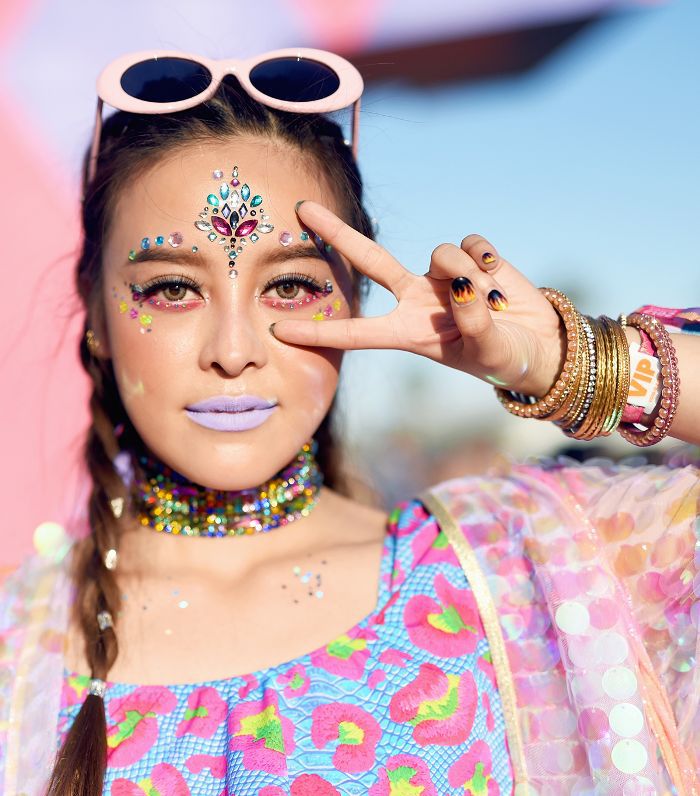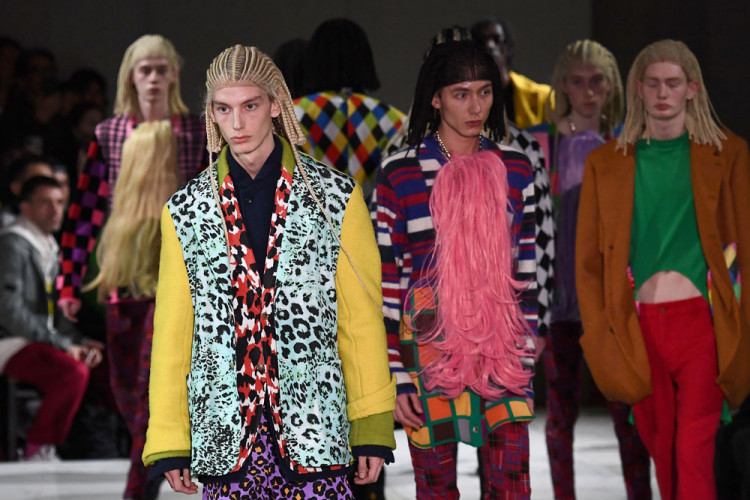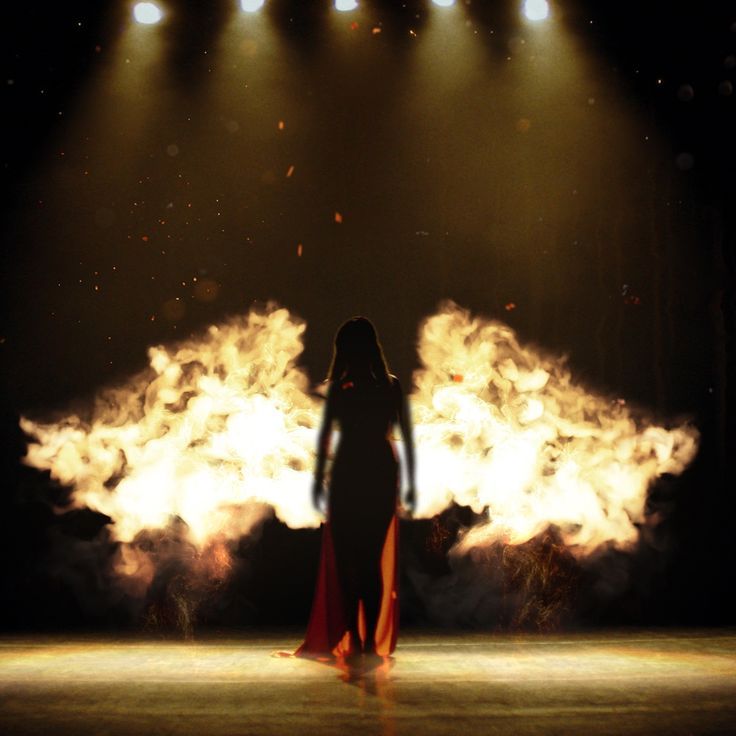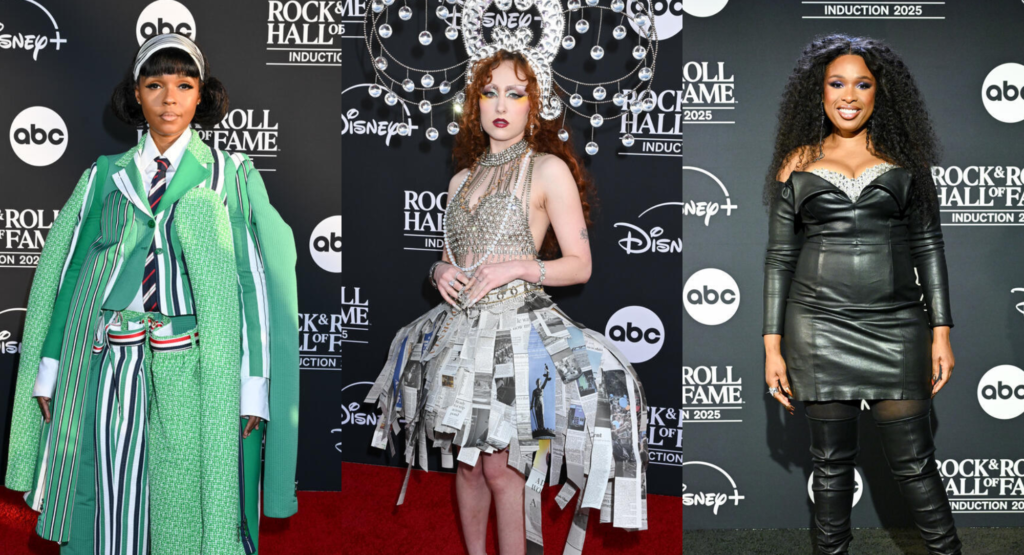With Halloween about to approach, this is a great time to remind you of our old friend culture appropriation. Its sister, cultural appreciation, is often used as a Band-Aid to hide cultural appropriation in plain sight. VALLEY is here to describe the nuances of both and hopefully leave you a little more mindful.
Technical Terms
Cultural Appropriation: The adoption, usually without acknowledgment, of cultural identity markers from subcultures or minority communities into mainstream culture by people with a relatively privileged status.
Cultural Appreciation: The appreciation of another culture in an effort to broaden their perspective and connect with others cross-culturally.
All culture comes from somewhere, usually from a community — it gets passed down and the origins start to fade. It is worse when it reaches another community that takes it without acknowledgment or publicized credit. This happens all the time and most do not realize it.
In the United States, many minority cultures are often replicated by the privileged and it becomes so ingrained into society that it is accepted as theirs. That is why cultural appreciation needs more than acknowledgement because, even with acknowledgement, the communities do not get the proper representation and are not the forerunners of this representation.
Here are three common and mainstream examples:
Hoops: Hoop earrings have existed since the Sumerians, but in observable human culture, hoops were an impactful part of black and hispanic culture, especially during the 1960s and 1970s. Now, hoops are a piece of jewelry you can easily find in stores. The bigger problem stems from the perception of women of color wearing these hoops — hoops were a negative connotation of being undesirable, too bold and were not romanticized at all. Put them on a white person, and it suddenly was.
Face jewels: Festival style is rooted in all things cultural appropriation, but face jewelry is one prominent one, for example:

Face jewels can be problematic because they stem from many South Asian and Southeast Asian countries where they have a deep societal and spiritual meaning, and to copy that comes with a lack of awareness and ignorance. Some may argue that these face jewels have no relation to other cultures, but there is a link when companies often use an ethnic design to create their own.
Evil eye: This has been a new trend, riding the wave with the westernization of spirituality. The problem is not people using the Evil eye as an accessory — there are no bounds on who can use it — but it is the application and research that is lacking. For example, you are not supposed to buy yourself the Evil eye, yet many do. Especially because you can purchase a bracelet at Urban Outfitters. The Evil eye has many origins, and it is most prominently used in the Balkans and the Middle East region. It is true that the intent of the Evil eye is to ward off bad energy and negativity, but there are rules that apply and nuances behind the Evil eye. Many westerners who have no ties to such culture will take the Evil eye for its face value, which is unfair to the Evil eye’s rich origin and cultural surroundings.
Are You Doomed?
Of course not. The thing about living in the United States is that most things we wear, eat and love stem from another culture. What matters is whether or not there was permission from the community and if there was proper credit.
The application of cultural trends affect everyone, but there should be a degree of awareness and to not take everything as it is. Minority communities do not have the opportunity to ignore it when their culture becomes replicated, so neither should you ignore it.
Halloween is an especially important time to think about cultural appropriation. Some general no’s include:
- Sombreros
- Kimonos
- Bindis
- Tribal markings
- Headdresses
- Locs (on inappropriate hair texture)
It is important to use caution when picking out Halloween costumes and to be careful when replicating historical figures or your favorite TV show character. Always be respectful and stay educated when it comes to these type of things. It is a precarious thing, for sure — but it is not impossible to avoid.
Have a safe, culturally aware and fun Halloween as there are so many ways to dress up and be the center of the room without appropriating another culture.
Tweet @VALLEYMag with your favorite inoffensive costume ideas!





